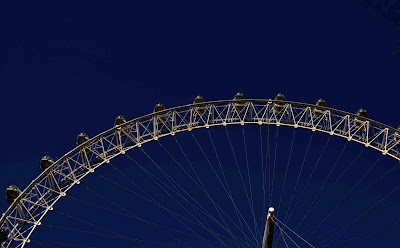DPP - Digital Image Qualities
Exercise 1 - Sensor Linear Capture
The purpose of this exercise is to develop and appreciate the different way in which a DSLR sensor reacts to light as opposed to film
In this exercise I am required to simulate a linear image.
With JPEG image as a starting point:
I've adjusted the image as follows:
- converted to 16 bits
- applied an inverse curve
The final image as follows:
This final image is close to how the DLSR would have originally captured the image
The Before and after images with histograms
Before:
After:
On the linear simulated image its possible to see the differences in the histogram where for this image the tones are squashed to the left, e.g. the darks of the dynamic range.
I'm now going to use curves to adjust the image above to try and get it back to how it looked when it started:
Well as you can see I wasn't able to successfully adjust the image back to look as close to the original but I fully appreciate the set of activities and what I am doing.
This is a good exercise to understand how a digital sensor reacts to light in a different way to film; film reacts in nearer way to how our eyes work than what a digital sensor does.
Additional Research
I did some research and found a very interesting white paper called Raw Capture, Linear and Exposure by Bruce Fraser, which can be found here: http://www.adobe.com/digitalimag/pdfs/linear_gamma.pdf
Bruce comments on the importance of avoiding underexposing an image so that highlights aren't blown out since not only does this mean bits of data can be missed from the image capture but also that noise can be introduced to the mid tones and shadows. Bruce's paper suggests instead that with a digital camera try to capture an image as close as possible to blowing out the highlights without actually doing so. Some photographers know this technique as "exposing to the right" because you want as many of your highlights as possible to fall to the right hand side of the histogram.






No comments:
Post a Comment